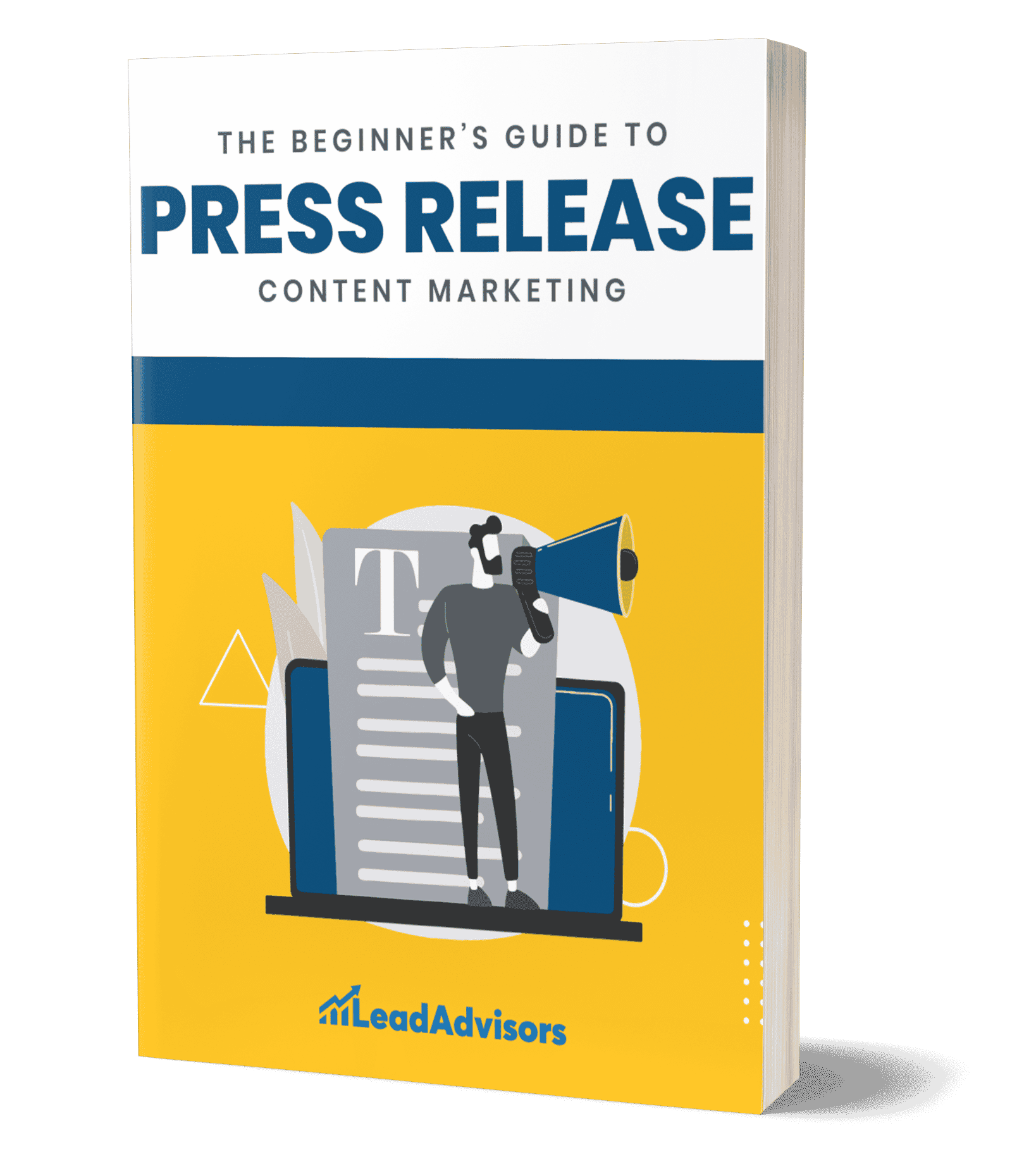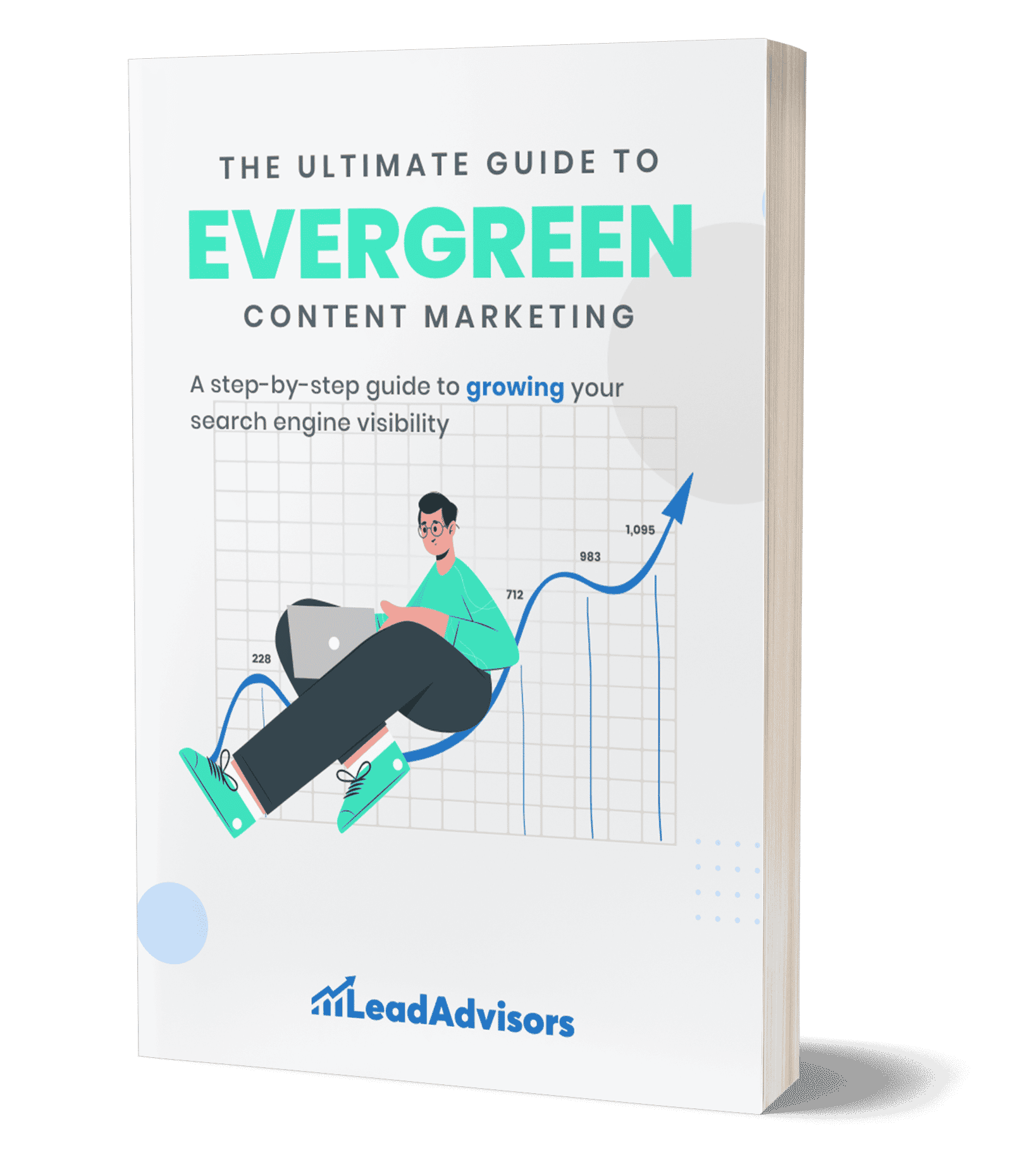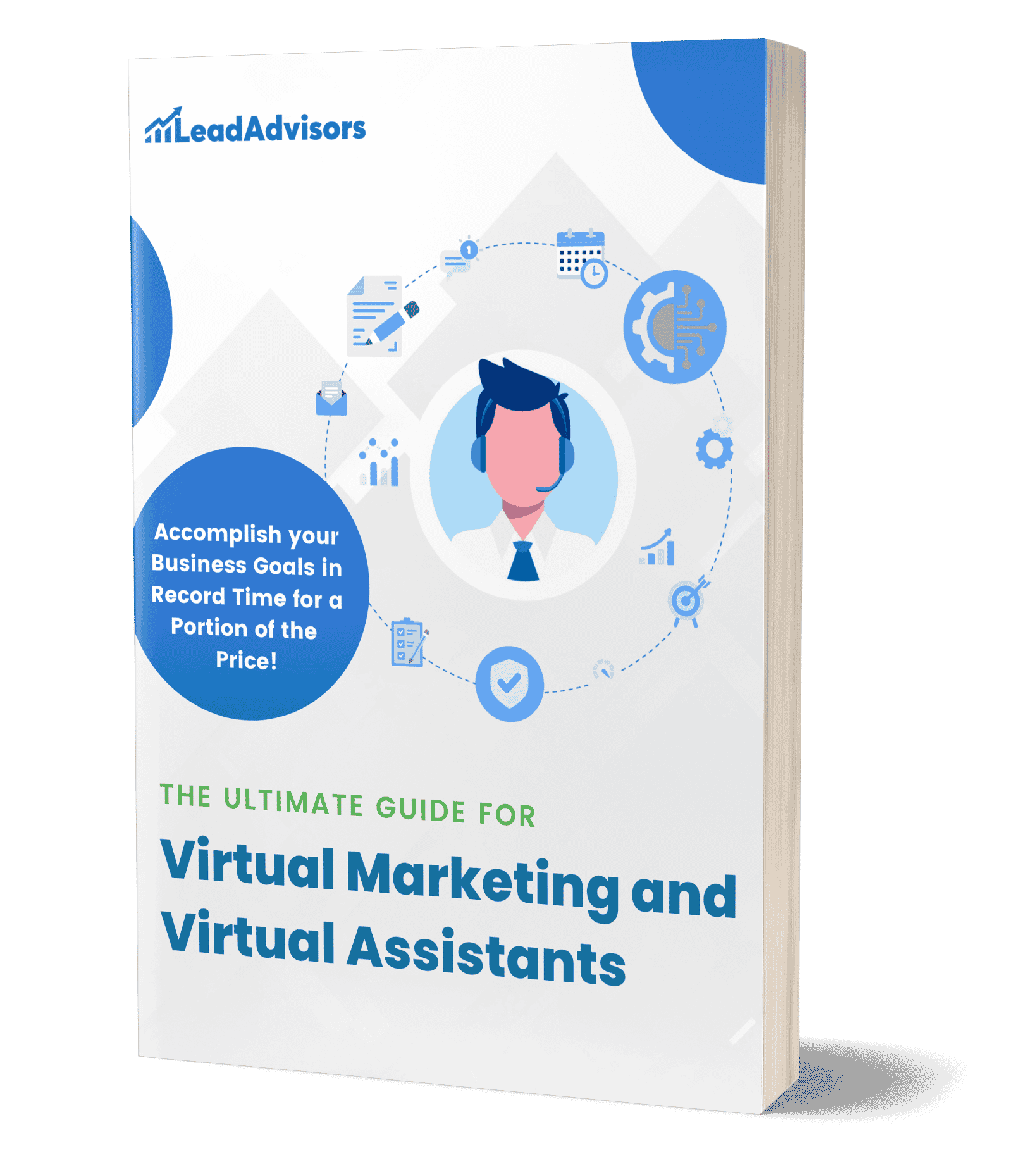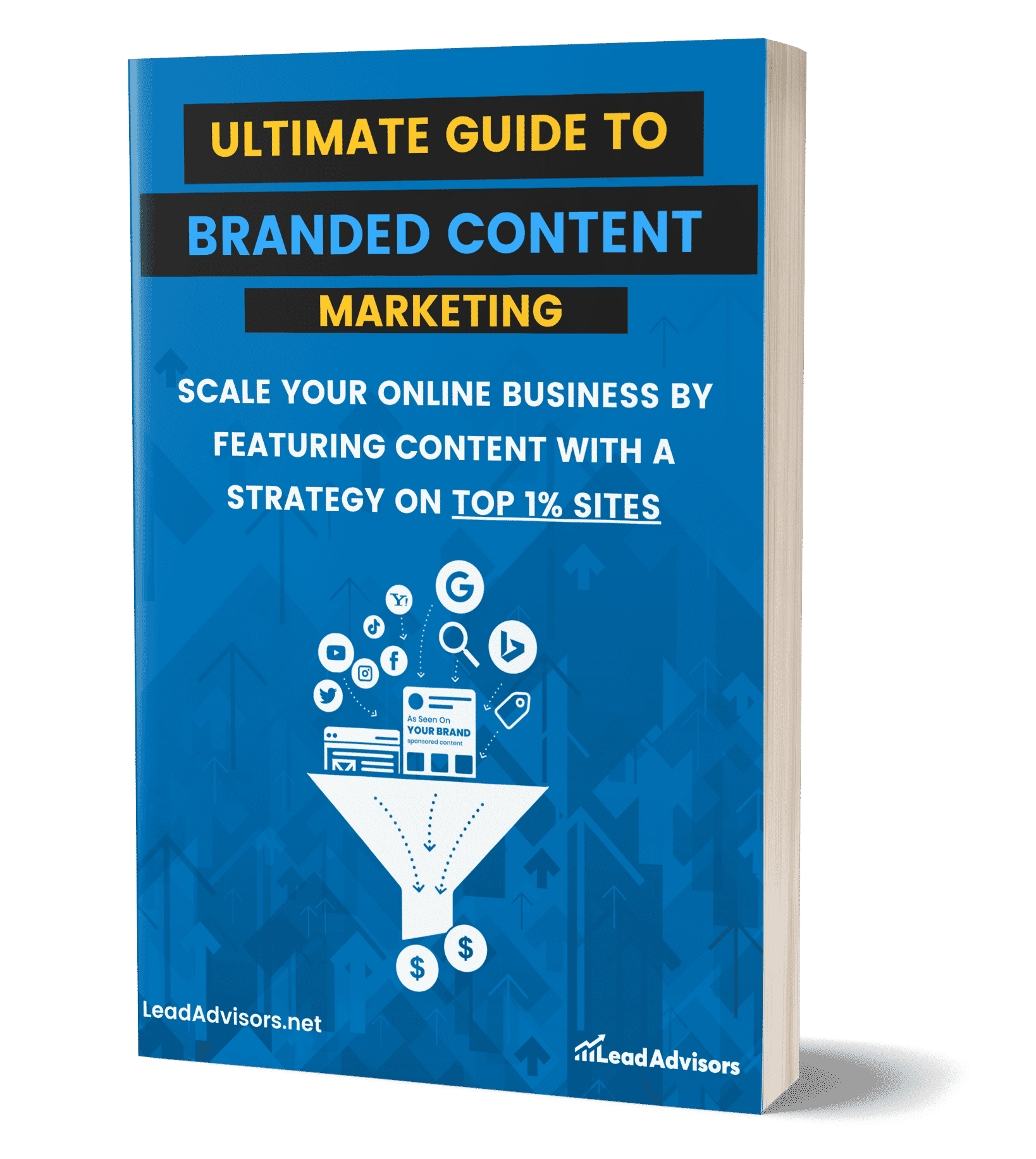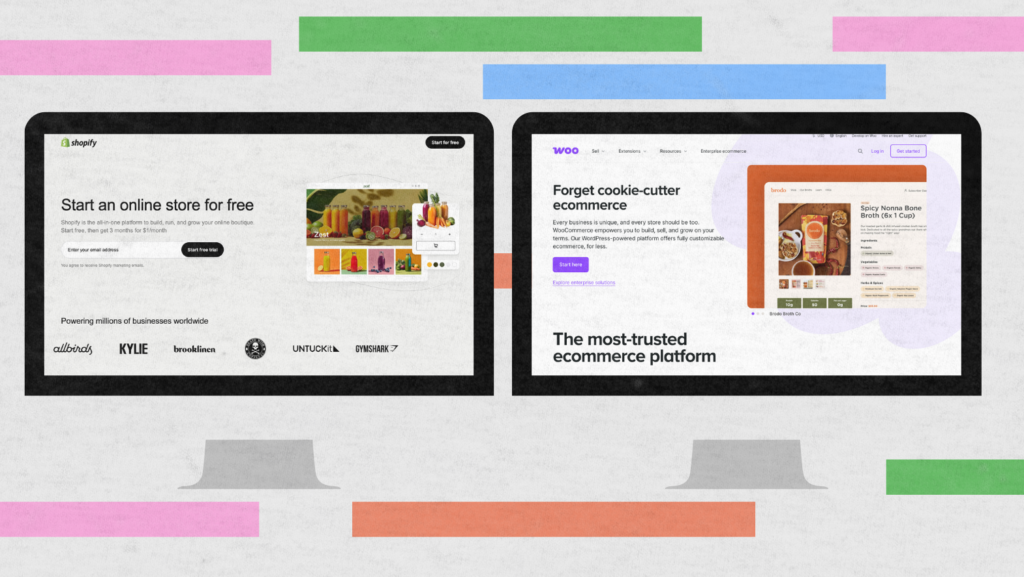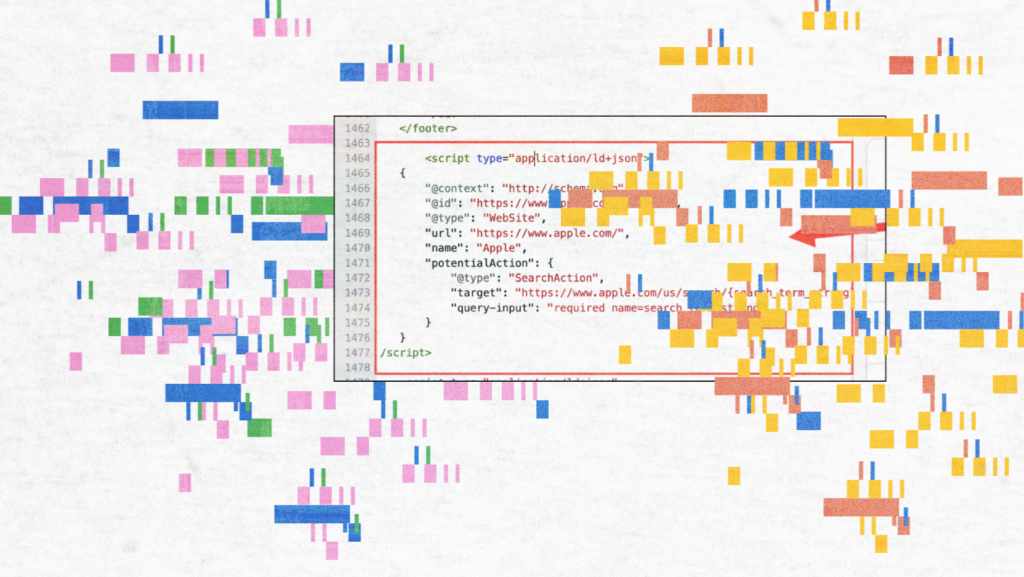Pay-per-Click (PPC) advertising may provide immediate visibility and conversion; however, when not optimized as a PPC, it may cause an expensive waste of ad budgets. Poorly designed advertisement campaign, the use of wrong search words or inappropriate target pages may suck out your advertising finances before you can record any positive output.
PPC campaigns in 2026 will have increasing CPCs, tighter privacy regulations, and AI search engines. The new success is ensured through a mix of intelligent PPC approach, automation, accurate targeting of the audience, and winning ad copy. Advertisers need to optimize every aspect of a campaign to reduce expenses by use of negative keywords, enhance the conversion rate by optimizing landing page content, and, of course, boost profitability.
This guide will take you through effective PPC campaign optimization strategies, starting with structure and bidding strategy, through to creative testing and marketplace expansion as a way of making data-driven decisions, enhancing PPC performance, and scaling up your results with confidence.
TL;DR: How to Optimize PPC in 2026
Running profitable PPC campaigns in 2026 means working smarter, not harder. With higher CPCs, stricter privacy rules, and AI-driven search, success now depends on strategic structure, data-driven testing, and smart automation.
Here’s the short version:
- Start with clear goals — focus each campaign on one measurable objective like ROAS or CPA.
- Organize campaigns logically — separate brand vs. non-brand and awareness vs. conversion for cleaner insights.
- Choose keywords intentionally — target high-intent terms and maintain an updated negative keyword list.
- Leverage automation, but guide it — pair Smart Bidding and audience signals with hands-on oversight.
- Test creatives continuously — use responsive search ads, fresh CTAs, and AI-assisted copy variations.
- Refine landing pages — align messaging, boost load speed, and make the CTA impossible to miss.
- Expand your reach — add YouTube, Demand Gen, and Amazon PPC to diversify performance.
- Stay consistent — run weekly optimizations, monthly insights, and quarterly audits to keep performance sharp.
Bottom line: great PPC in 2026 is about precision, not volume – align your goals, data, and automation to get more conversions for every dollar spent.
What Is PPC Optimization and Why Does It Matter
PPC optimization involves the optimization of campaigns in such a way that your advertisement budget will result in tangible outcomes rather than wasted clicks. It aims at optimizing keywords, optimizing ad texts, optimizing your bidding strategy, and linking advertisements to the appropriate landing page. When done right, it enhances the performance of the PPC campaign, reduces the costs, and generates more conversions.
The idea is straightforward: minimize CPA, increase the rate of click-through, and improve ROAS. These indicators will tell you whether an advertising campaign is effective and whether or not your advertising budget is yielding viable leads. Improved ad relevance, relevance search optimization, quick and well-designed conversion page all contribute to the increase in the conversion rate and quality score.
Good optimization of PPC initiatives is based on measurement clarity. ROAS measures revenue to PPC expenditure, CPA measures cost per action, and MER measures the overall advertising activities to sales. In the absence of this structure, campaigns will suffer from expenditure wastage and loss of growth.
Strategy First – Objectives, Budgets & Measurement
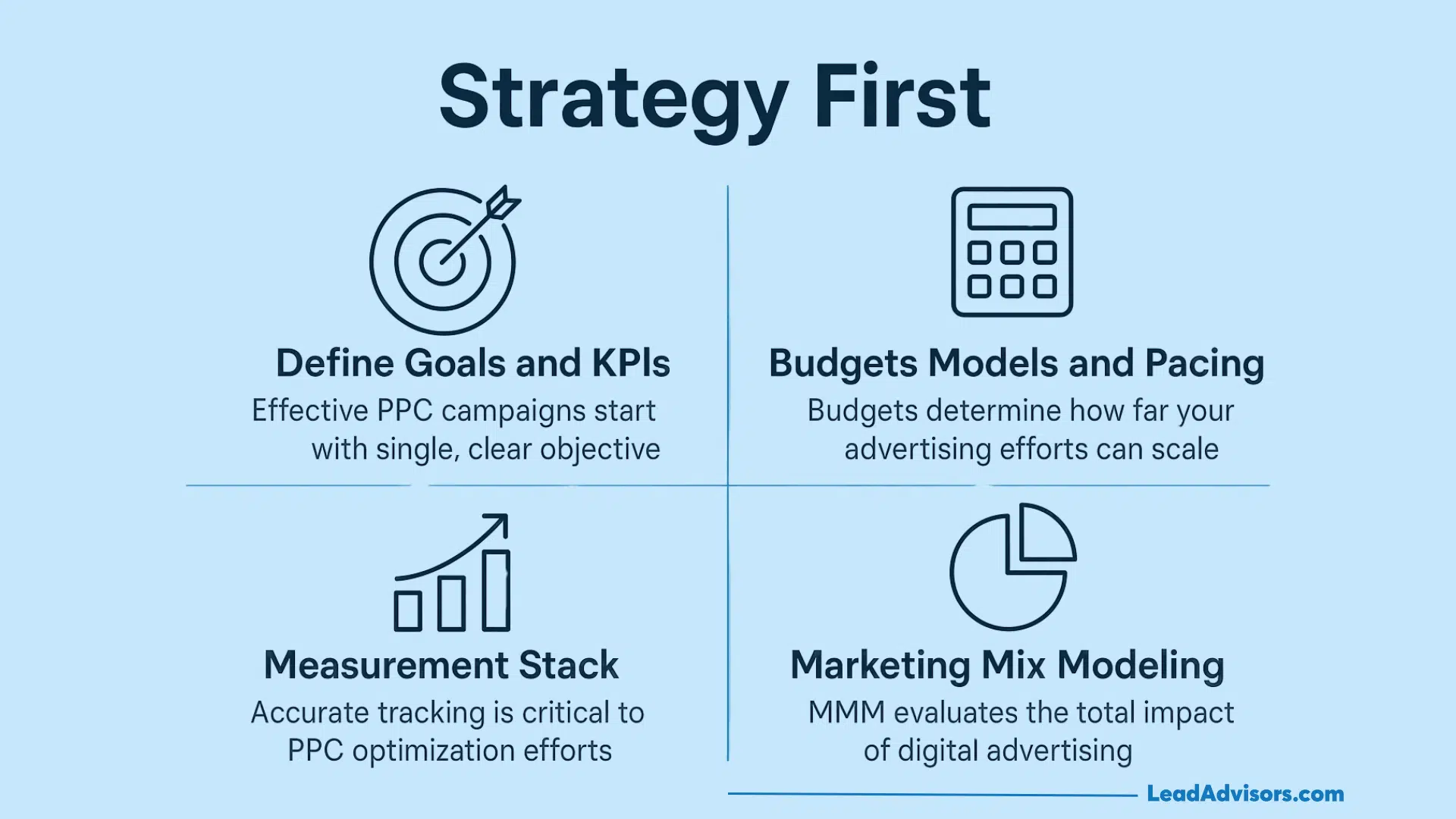
Strategy comes first before plunging into the campaign setup. Effective PPC campaign optimization requires having clear objectives, achievable budgets, and credible measurements. This is what will make even the most effective ad copy or landing page not yield consistent results.
Define Goals and KPIs
Successful ppc campaigns have one goal. Each advertisement campaign must focus on a single KPI, which is sales, represented by the ROAS, leads, represented by CPA, or brand development, represented by the share of search. A single main objective discourages the problem of scattered optimization and simplifies the process of evaluating PPC performance.
Budget Models and Pacing
Budgets figure out the extent to which you can take your advertising. Short-term ad expenditure can be controlled with the help of daily pacing, and the long-term plan can be supported with the help of monthly pacing.
Test budgets come in handy during launch, but scaling must be done with great care not to be overly spendthrift or cannibalize budgets. The seasonal adjustments would be necessary to align the demand cycles and ensure the stability of campaign performance.
Measurement Stack
Advertisement campaign optimization requires proper tracking. Apply GA4 using appropriate conversion tracking to record the activities across the devices and channels. Offline data, like CRM leads or telephone calls, can also be imported and looked at in a broader perspective.
Through increased conversions, accuracy is increased, and data-driven decisions are made smarter through the ability to adjust ad copy, bidding policy, and targeting decisions.
Marketing Mix Modeling
In the case of enterprises, the use of data reported by the platform exclusively constrained visibility. The Marketing Mix Modeling (MMM) assesses the overall effect of digital marketing advertisements, offline campaigns, and external influences.
It takes ROI analysis to a channel level, and the leaders can gain a better understanding of the role of paid search in revenue, as well as other media, and a more sustainable long-term approach to PPC.
Account & Campaign Architecture
The optimization of PPC campaigns is pegged on a strong account structure. In its absence, there is a risk of sloppy data, pointless clicks, and unnecessary amounts of money on the part of the advertisers. An organized structure enhances ease in tracking campaign performance, managing and manipulating budgets, as well as scaling up.
Campaign Structure Best Practices
Campaigns should be split logically:
- Brand vs. Non-Brand in the case of protecting branding terms and attracting new traffic.
- Awareness vs. Conversion to distinguish prospecting from direct-response.
Easy naming systems enable the teams and tools to easily locate each ad campaign; this simplifies reports and removes confusion.
Campaign Types
Each format supports different goals:
- Search intent-based queries.
- The ability to display products directly in search results by shopping.
- Cross-channel automation: Performance Max (PMax).
- Demand Gen to create awareness and generate new interest.
- YouTube is a channel to reach and tell stories with videos.
The strategy of matching campaign type with objective makes ad spending requests measurable results, and this is also possible as part of a bigger PPC strategy.
Ad Group Structuring
SKAGs of old (single-keyword ad groups) were easy to control, but account bloat was high. The current ad groups are more centralised, which takes an automated Responsive Search Ads (RSAs) to experiment with ad copy variations. Best practice: maintain groups small to ensure relevance and flexible to ensure scalability, allowing PPC ads to accommodate the evolving search terms.
Geo & Schedule Strategy
There are no wasted impressions due to location and time settings. Restricting the campaign to high-value areas and scheduling the ads at the time of active hours is the best way of making sure that the ad spend is used in areas where the target audiences have the best chances of conversion. This enhances the relevancy of ads, reduces expenditure wastage, and improves overall PPC campaign performance.
Keyword & Query Mastery
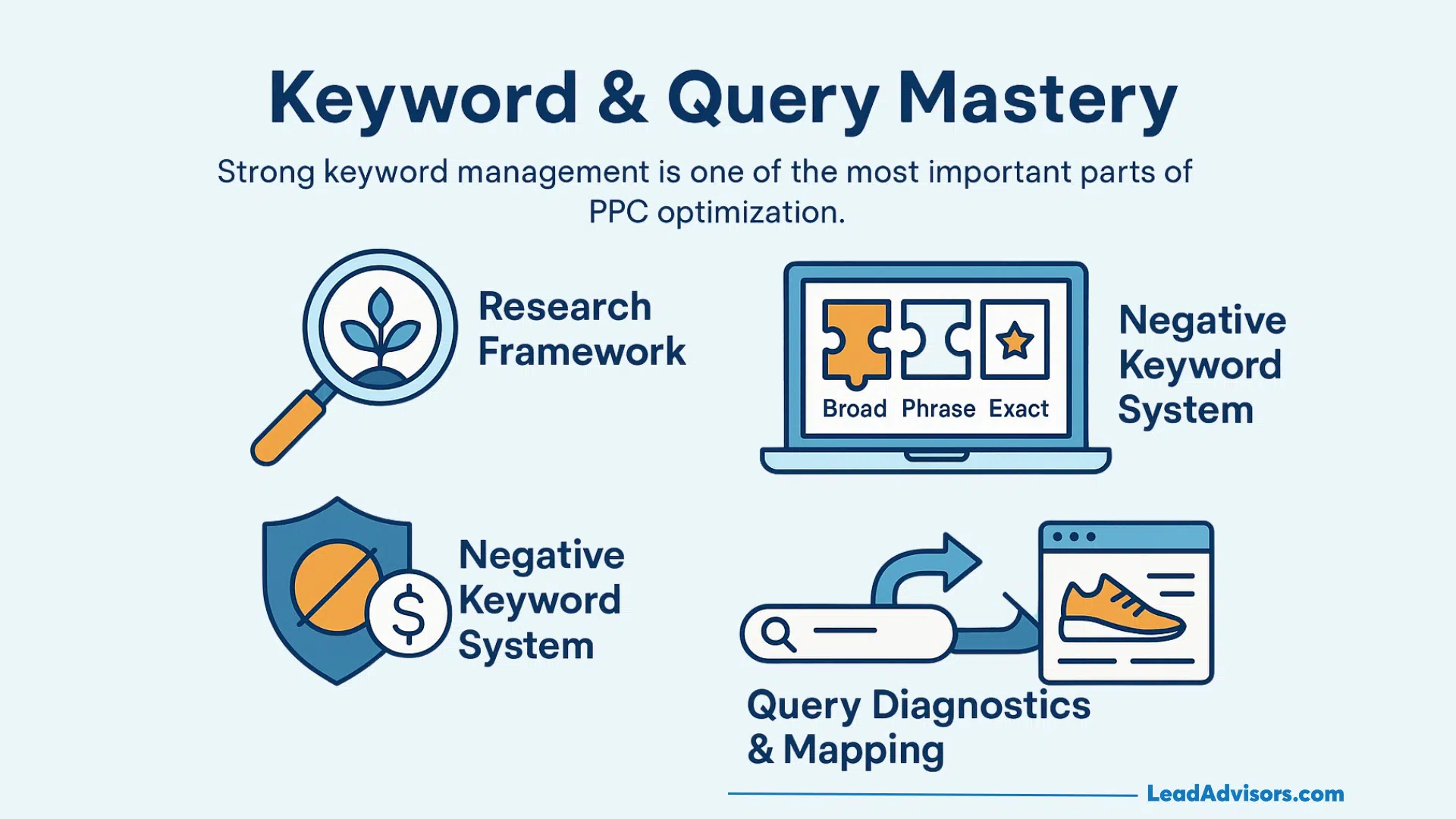
One of the strongest aspects of pay-per-click optimization is strong keyword management. The correct search words will tie up your PPC advertisement with the appropriate target market, enhance the relevancy of the adverts, and save on unnecessary expenses. Here’s how to master it in 2026:
1. Research Framework
Qualification, effective research begins with seed ideas, grows through the use of keyword research tools, and completes the research. The search volume, intent, and competition are evaluated to filter down to the relevant keywords that are of interest to potential customers.
This is because the process is used to make sure the advertisement campaigns target those more likely to convert clicks rather than waste the ad money.
2. Match Types in 2026
Google’s automation has shifted how match types work.
- Broad match fuels Smart Bidding and captures wide variations.
- Phrase match balances control with reach.
- Exact match secures precision for high-value queries.
Today, adverts tend to confuse the broad and phrase with discovery and leave the exact match with the proven terms to enhance campaign performance.
3. Negative Keyword System
The budgets are leaked without negative keywords. Excluding inappropriate words such as free, cheap, or the name of the competitor preserves expenditure and raises the quality rating. It is important to regularly check the search term report to make sure that your list remains up to date and is not spent on advertising programs that are not working.
4. Query Diagnostics & Mapping
Each query must have an appropriate landing page. A referral to a homepage rather than a product page reduces conversion and ad relevancy in the case of a person who works a search query of red running shoes. Quality Score, minimized spent waste, and improved campaign performance are all enhanced by proper mapping.
Audience Targeting & Signals
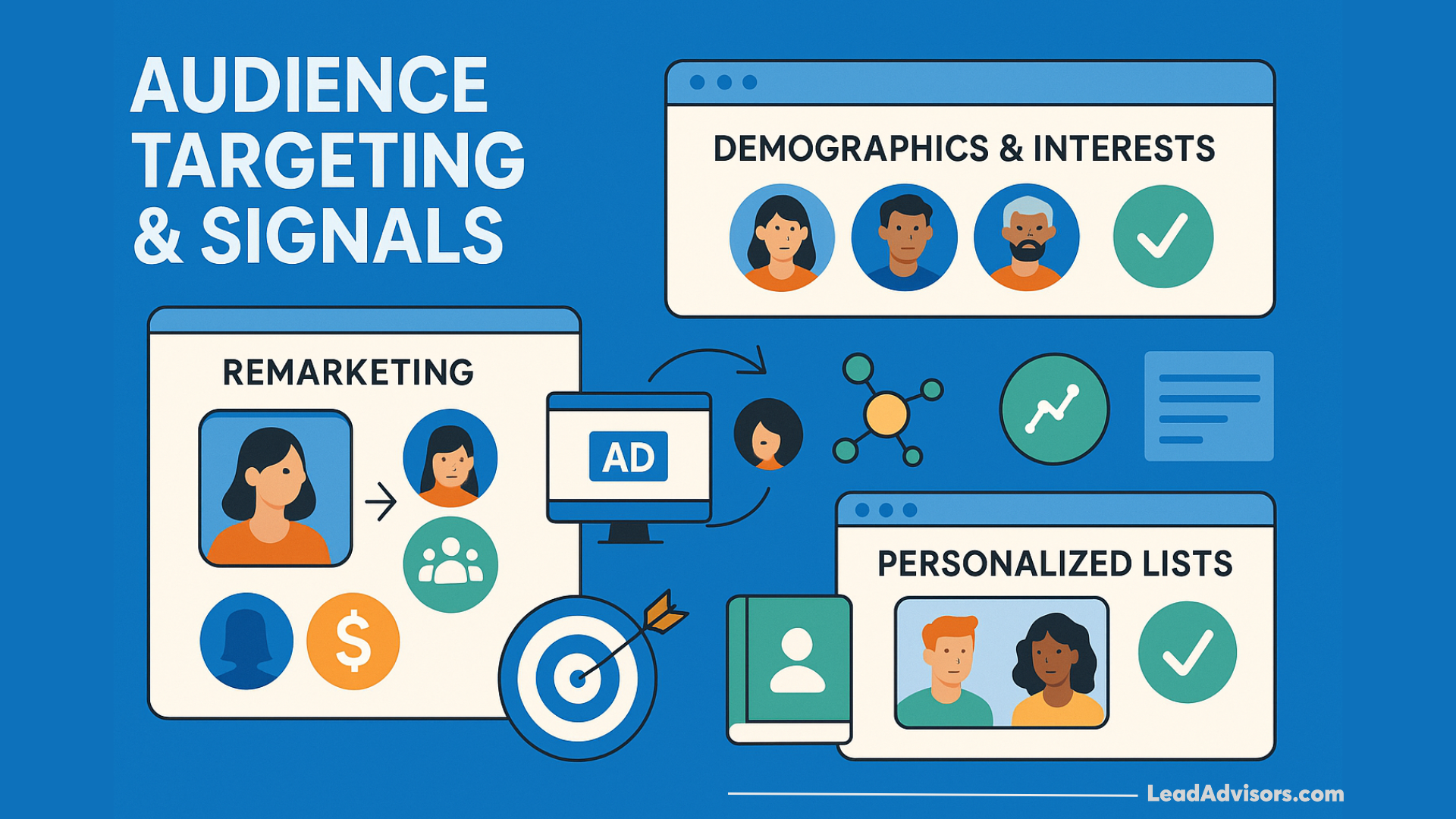
Getting to the correct individuals is as valuable as creating good ad copy or creating a high-converting landing page. When adverts are targeted accurately, the advertisers can maximize ad budget, minimize ad waste, and optimize PPC.
Use Demographics and Interests Wisely
Sites such as Google Ads will allow you to select and categorize them based on age, gender, household income, and lifestyle. The best type of targeting is demographic, which allows the company to focus on a smaller range of customers, whereas affinity and in-market segments reach customers who are already interested in products or services.
The correct mix helps increase the relevance of ads and maintain PPC ad campaigns with a focus on qualified traffic.
Build Smarter Remarketing Campaigns
Remarketing usually has an improved ROAS since it targets the users who have already taken part in the customer journey. Offers can be given to target cart abandoners, re-engagement campaigns can be done with customers who have visited a site in the past, or even loyalty campaigns can be given to customers who are of high value.
These strategies prolong the existence of your adverts and ensure maximum productivity.
Guide Automation with Audience Signals
The wiser the bidding works, the better you feed it. The algorithm will be able to make bidding strategy decisions based on data and allocate budget to users with the highest probability of conversion by layering audience lists into campaigns. This makes automation a driver of performance.
Leverage Personalized Lists
One of the most powerful assets of the new era of digital advertising is first-party data. Contact CRM contacts or email subscribers to develop custom audiences. In the case of ecommerce, this may be encouraging seasonal offers to returning customers; in the case of B2B, it is providing leads to opportunity and letting them develop. Individualized lists reduce the cost of acquisition and enhance the overall performance of the campaigns.
Read more about: Marketing vs Advertising: Key Differences and Uses
Bidding & Automation
Bidding defines the competition of your PPC advertisement in the search results. The selection of the appropriate bidding strategy influences the cost efficiency, ROAS, and the entire PPC performance. Automation in 2026 is strong; however, it still needs some oversight to prevent wasted money.
Choosing the Right Strategy
The main bidding options include:
- Manual CPC: Maximum control over bids, ideal for testing small advertisement campaigns.
- Enhanced CPC (eCPC): Semi-automated, adjusting bids slightly based on the likelihood of conversion.
- Target CPA: Best when lowering acquisition costs is the goal.
- Target ROAS: Designed for revenue-driven campaigns, especially in ecommerce.
Selection is based on objectives: manual control is popular in startups, whereas Target CPA or ROAS can be used in mature accounts.
Manual vs. Automated Bidding
Manual bidding is most effective as it is a controlled and transparent system that is time-consuming. Automated bidding is time-saving, machine-learning-based, and usually can be better at improving performance as soon as sufficient performance data is available. One can begin with a testing manual and proceed to automation when conversions level off.
Portfolio Bidding and Adjustments
Multiple campaigns have the ability to share goals with the help of the portfolio strategies. The device, location, or audience adjustments make sure that profitable segments take precedence. As an example, bids can be increased on high-converting mobile traffic or target geographies without excessive ad spending, and this can enhance the overall campaign performance.
Automation Rules
Automation is effective under human supervision. Rules have the ability to pause low CTR ads, place higher bids on well-performing segments, or allocate more budget towards campaigns achieving high ROAS. Yet, the advertisers should keep a close eye on these changes – automation is the tool that can cause inefficiencies or even missing chances.
Creative Systems Ads, Assets & Extensions
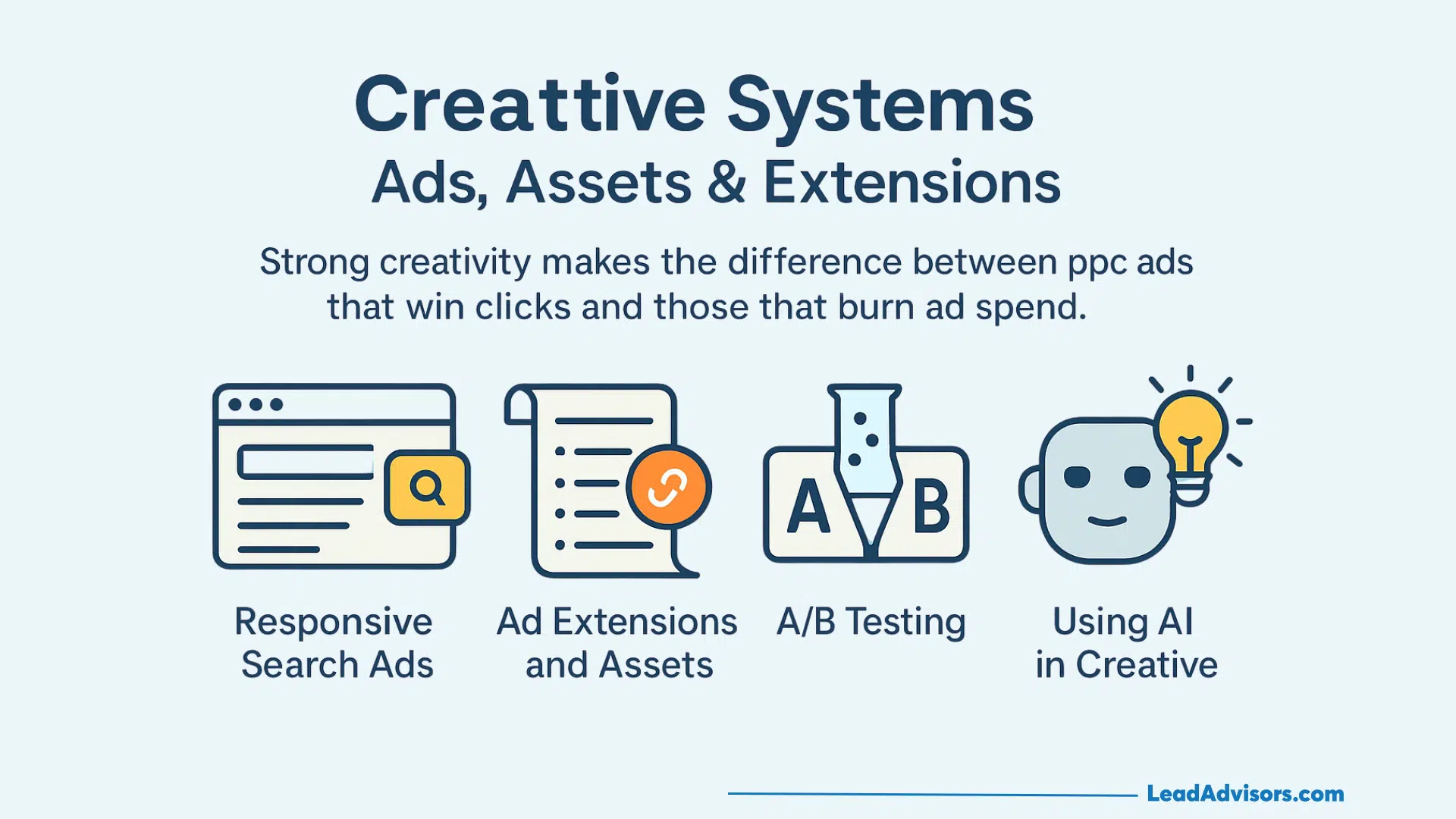
A high level of creativity is what can cause the difference between the PPC ads that score clicks and those wasted ad spend. Proper ad copy, assets, and constant testing will make sure that your ad campaigns will increase the CTR, convert more, and the overall performance of the campaign will be at its highest.
Responsive Search Ads
Google Ads has gone to Responsive Search Ads (RSAs). Advertisers are offering several headlines and texts, and Google runs a series of tests by default to enhance the relevance of ads. This can be well served by a basic structure, that is, benefit + proof + CTA.
As a case in point, the benefit can be emphasized (Save 20% on running shoes), supported by evidence (Free shipping, 1M+ sold), and a call-to-action can be included in the conclusion (Shop Now). Such a combination provides automation with the necessary flexibility and makes your PPC strategy focused.
Ad Extensions and Assets
Extensions will show more ads and also give the user more incentives to click. Options include:
- Sitelinks to promote specific pages.
- Callouts to highlight selling points like “Free Returns.”
- Structured snippets to showcase product categories.
- Call extensions for phone-driven leads.
- Lead form extensions to capture contacts directly.
The extensions not only increase click-through rate (CTR) but also make the score of quality higher.
A/B Testing
Testing is still necessary even in the case of automation. Test each variable, e.g., headline, CTA, or offer, separately. Conduct a 2-4 week run test based on the traffic volumes to achieve meaningful performance data. Periodic A/B testing lets customers fine-tune ad copy, keeps PPC advertisements fresh, and promises improved performance of a campaign.
Using AI in Creative
AI tools can accelerate the process of brainstorming headlines, descriptions, and ad creatives. Outputs must be tested in reality and must conform to brand voice, though. AI is not the place to come up with final ideas. Such a blend of robotization and human control guarantees that the ads relate to the target audience and are not a generalized message.
Landing Pages That Convert
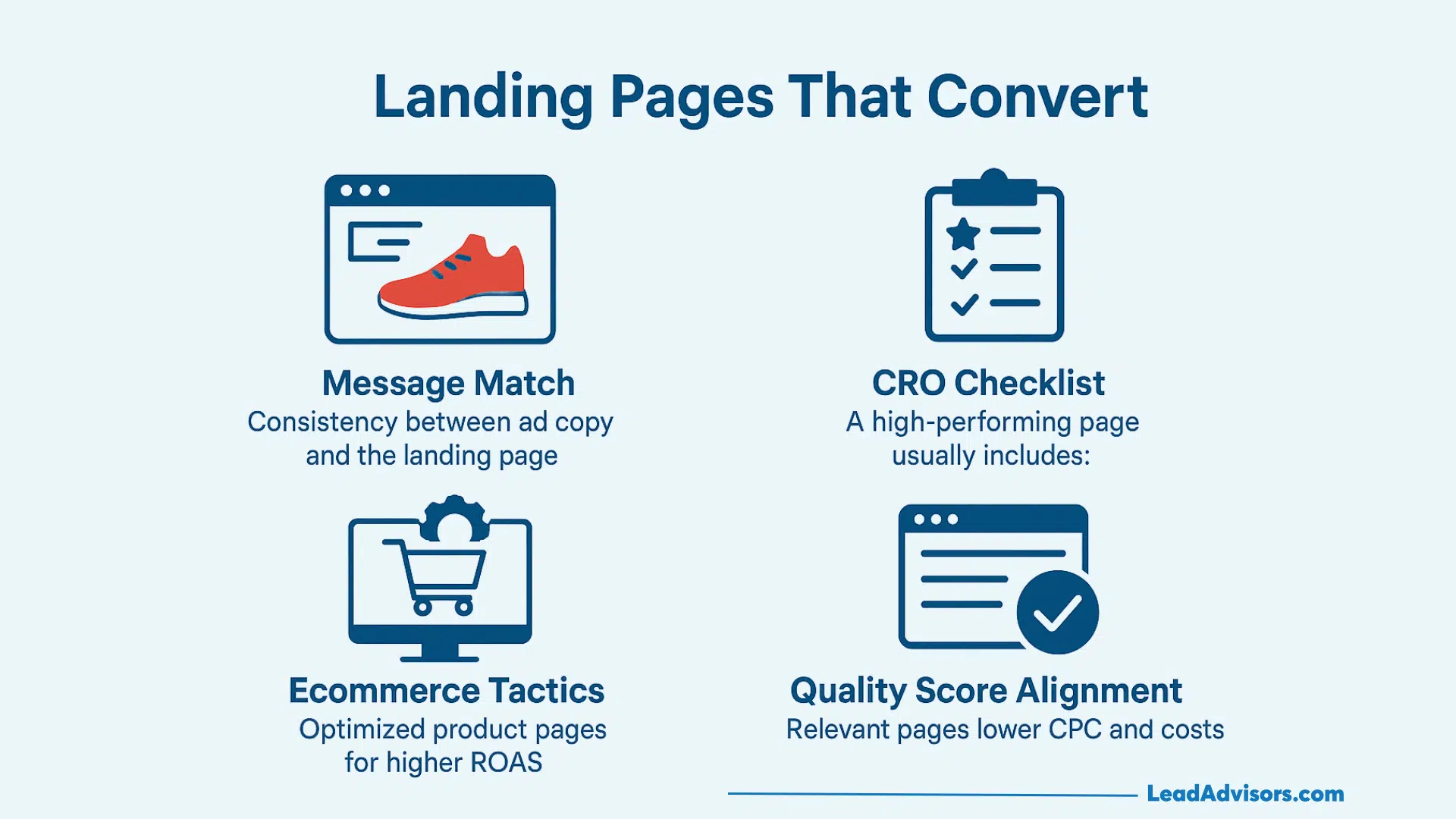
The most effective PPC advertisements will not be effective if the landing page does not work. A powerful page enhances the conversion rates, increases the quality score, and makes your ad money generate ROI rather than a waste of ad money.
Message Match
It is essential that there be consistency in ad copy and the page. When an ad is given to sell red running shoes, the click should take one to the page showing red shoes, rather than the homepage. Clearness of message match will ensure that the target audience is convinced, enhancing ad relevancy and lowering the drop-offs.
CRO Checklist
A high-performing page usually includes:
- Social proof, such as reviews or testimonials.
- Urgency triggers like limited stock or time-sensitive offers.
- A clear CTA is placed above the fold.
- Fast loading speed to avoid user frustration.
All these factors have a direct and positive effect on the overall campaign performance by increasing the number of clicks that turn into sales or leads.
Ecommerce Tactics
In the case of ecommerce, it is important to have optimized product pages. Bigger deals, seasonal bargains, or limited-time offers will stimulate better average order values. Collection or category pages are ideal when a broader search term is used, and detail pages are effective when a high-intent search term is used. The experience consists of matching the experience to intent and leads to better ROAS.
Quality Score Alignment
Google does not consider this in the landing page content when computing quality score. Relevant pages reduce CPC as they indicate high ad-to-page congruence. Concisely, a well-constructed page not only enhances the conversion rate but also lowers the costs of advertising outright and increases the visibility in search engines.
Channel & Format Expansion
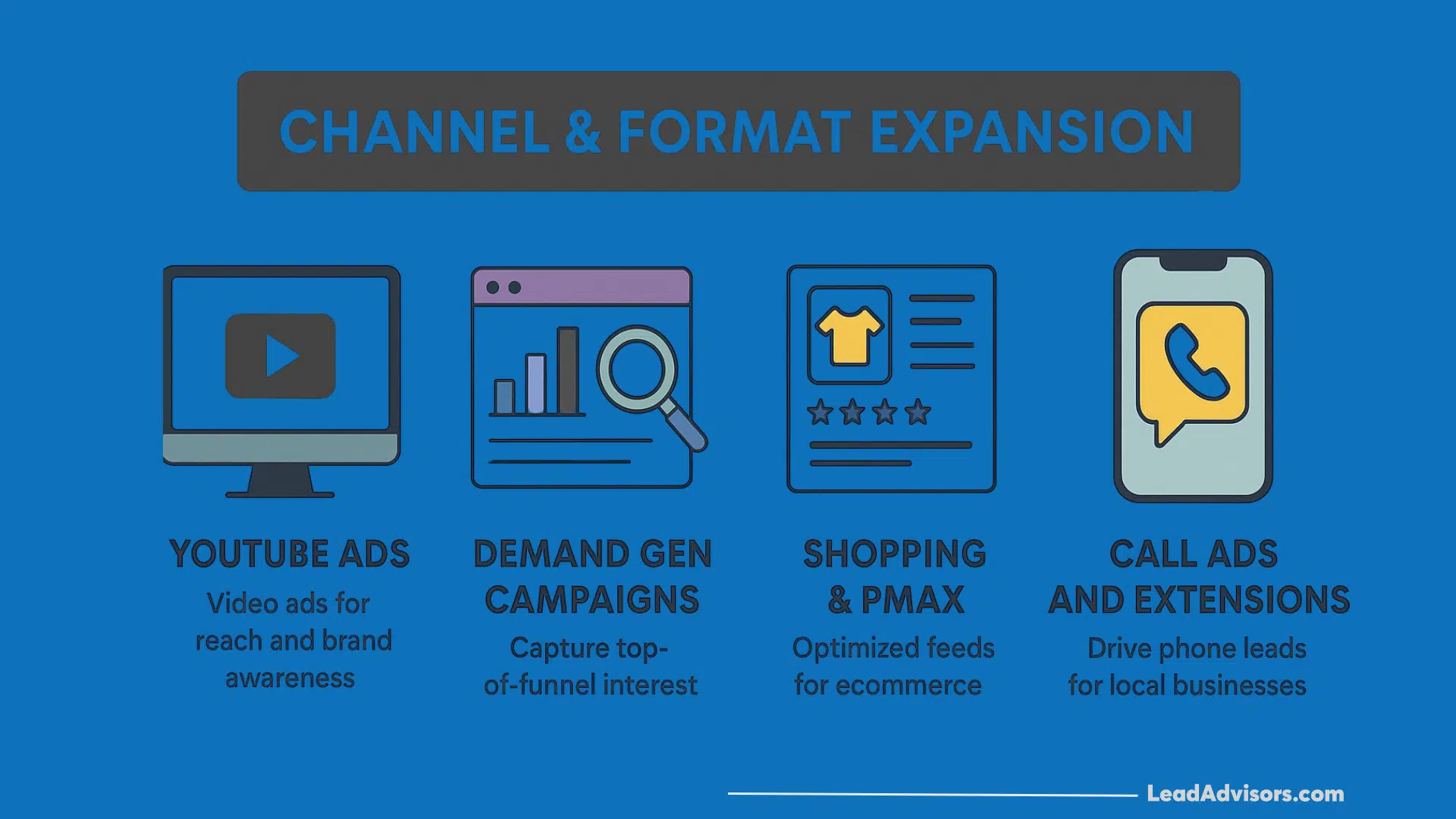
To scale the PPC campaigns, leaving search might be necessary. Testing new formats gives the traffic sources a variety of options, as well as enhances the PPC strategy overall by engaging the target audience at various levels of the funnel.
YouTube Ads
YouTube is one of the least expensive awareness media. Video ads enable the brands to establish a presence, inform the audience, and make pre-click purchases. Combined with intelligent audience targeting, the YouTube advertisements would be able to enhance brand recognition and indirectly increase performance in search engines.
Demand Gen Campaigns
Top-of-funnel interest is captured by Demand Gen campaigns. They focus on users according to the signals, as well as the searches that users make, which affects their search in the future and increases visibility. The format is especially helpful in molding advertising activities that facilitate long-term expansion as opposed to instant conversions.
Shopping & PMax
Shopping and Performance Max (PMax) campaigns are essential in the case of ecommerce. Feed optimization, correct product titles, clean data, powerful pictures, and organized asset groups that are intent-fit are all key to success. Optimized feeds enhance the relevance of ads, clicks to product pages, and advantageous conversion rates.
Call Ads and Extensions
Businesses that are local or services-oriented are particularly good at using call ads and extensions. They link advertisements to telephone calls, eliminating friction in the customer experience. High-intent keywords should be prioritized, and ad campaigns should be within business hours so that these can bring qualified leads instead of a waste of calls.
Reporting, Dashboards & Optimization Rhythm
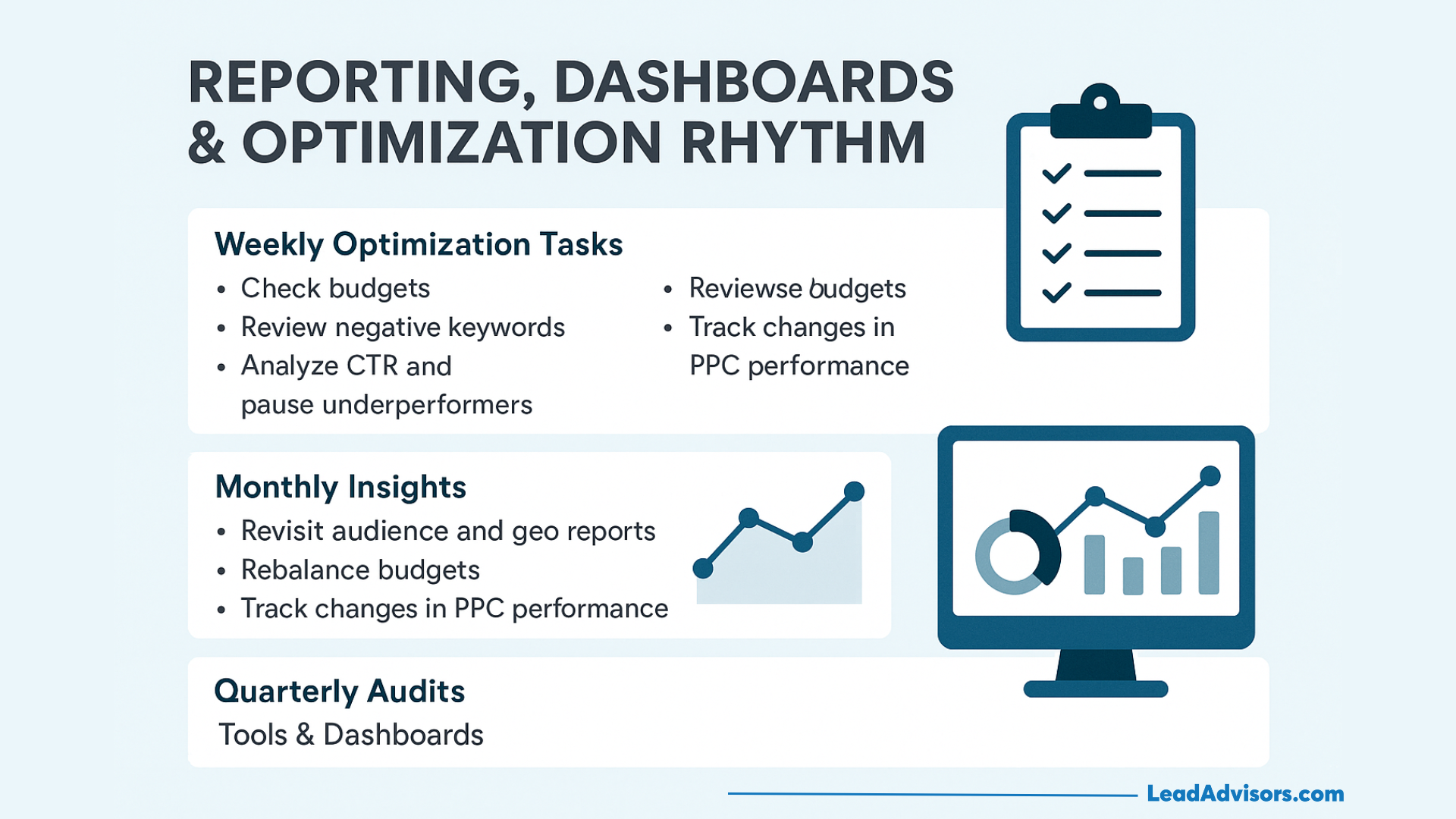
Regular reporting is what makes the PPC optimization efforts run on track. With a schedule of weekly, monthly, and quarterly reviews, the advertisers can make sure the ad money is spent in a way that appears effective, and the general PPC campaign performance increases with time.
Weekly Optimization Tasks
Weekly reviews focus on quick adjustments that protect efficiency:
- Budgets check to avoid excessive expenditure.
- Screen negative keywords to prevent unwanted search words.
- Discuss click-through rates (CTR) and interrupt underperforming ads.
- Check out the best performing copy of the ad and maintain a high level of impressions.
Monthly Insights
Monthly analysis shows the general tendencies of performance:
- Check geo reports and review the audience to determine the best converting target audiences.
- Redistribute the budget between advertisement campaigns to back up profitable segments.
- Monitor alterations to PPC performance and modify bidding strategy where necessary.
Quarterly Audits
Deep dives quarterly: structural improvements are identified:
- Review the account and campaigning set-ups with regard to inefficiencies.
- Test the conversion pages of audio to improve speed, message-match, and conversion rate.
- Switch creatives to avoid ad fatigue and retain ad relevancy.
Tools & Dashboards
The appropriate tools make it easy to track. They can be used in built-in Google Ads dashboards or third-party applications such as Optmyzr or self-created Data Studio reports. Automated notifications signal a sudden increase in spending or a decline in campaign performance to provide real-time data to teams to make wiser decisions.
Playbooks by Business Model
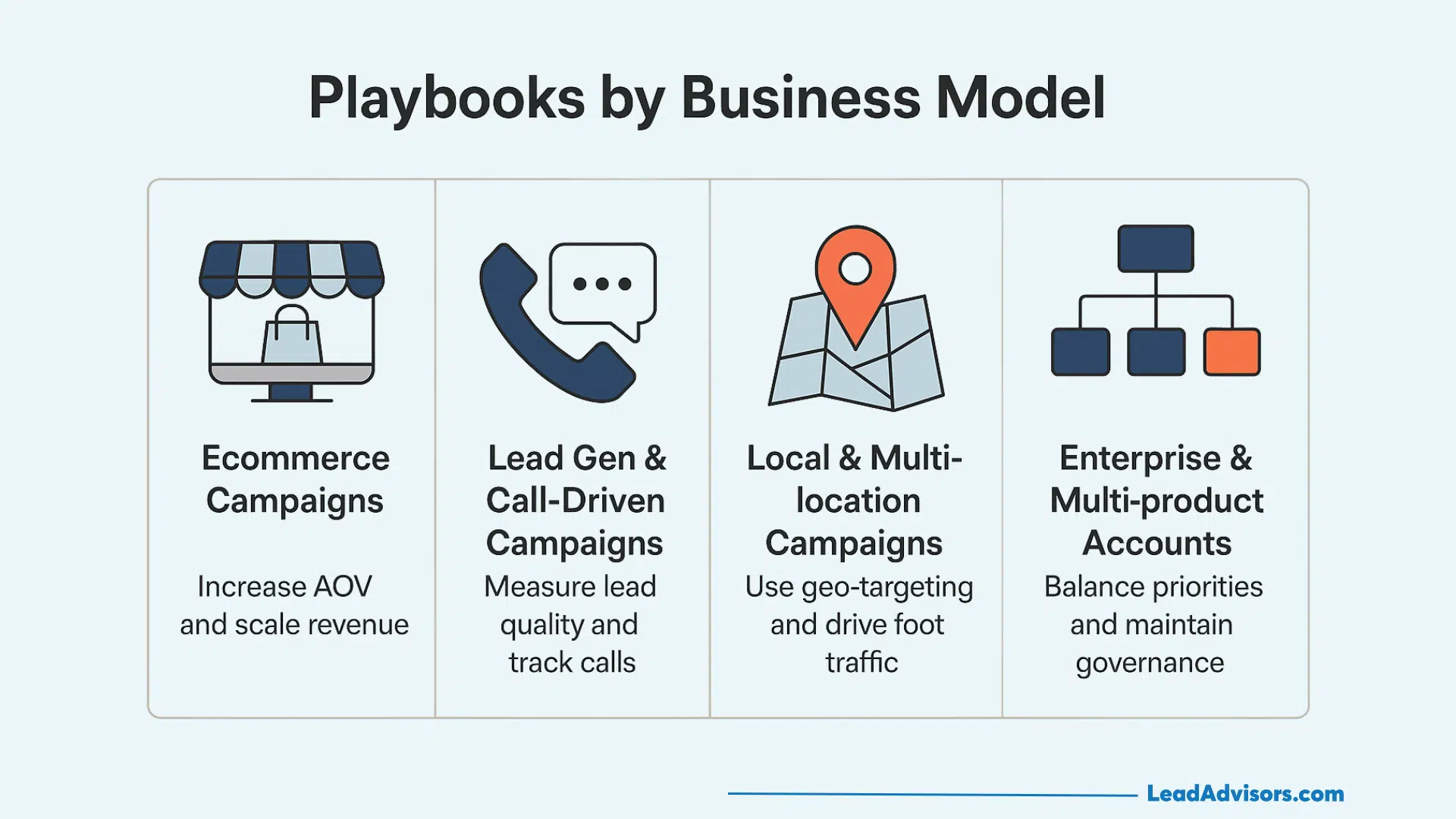
PPC campaigns should not be run in the same manner in two businesses. Optimization varies according to industry, customer journey, and conversion measurement. The playbooks provide viable methods for various models.
Ecommerce Campaigns
In the case of ecommerce, it is more about growing average order value (AOV) and growth in revenue. Discounts, seasonal promotions, and limited-time discounts are offered to make bulk purchases. The most productive ROAS will usually be provided by retargeting potential customers who have abandoned carts. It is also important to optimize product pages and position them according to search terms, and have a smooth checkout to optimize the conversion rates to achieve success.
Lead Gen & Call-Driven Campaigns
Lead-based businesses cannot afford to be limited to form fills. Offline conversion tracking is associated with tying phone calls and CRM data to ads, which helps gauge the quality of leads rather than their quantity. Call recordings or scoring as a monitoring effort will help ensure ad spend is meant to produce quality leads and not vanity metrics.
Local & Multi-location Campaigns
Google Ads geo-targeting, local extensions, and store visit goals are the most useful to local advertisers. The high-intent customer search terms should be targeted in the campaigns, and the call ads or directions should be used to attract foot traffic. In the case of service businesses, a system that will ensure that calls are monitored and matched with business hours saves on unnecessary expenses.
Enterprise & Multi-product Accounts
Complexity, rather than scale, is an issue in businesses. Portfolio bidding strategies can assist in the balancing of priorities in a variety of business lines. Good governance and nomenclature ensure order and remarketing lists contact customers of different types. At this stage, automation should be accompanied by human control to ensure efficiency and the overall effectiveness of the campaign.
Marketplace PPC Optimization (Amazon Example)
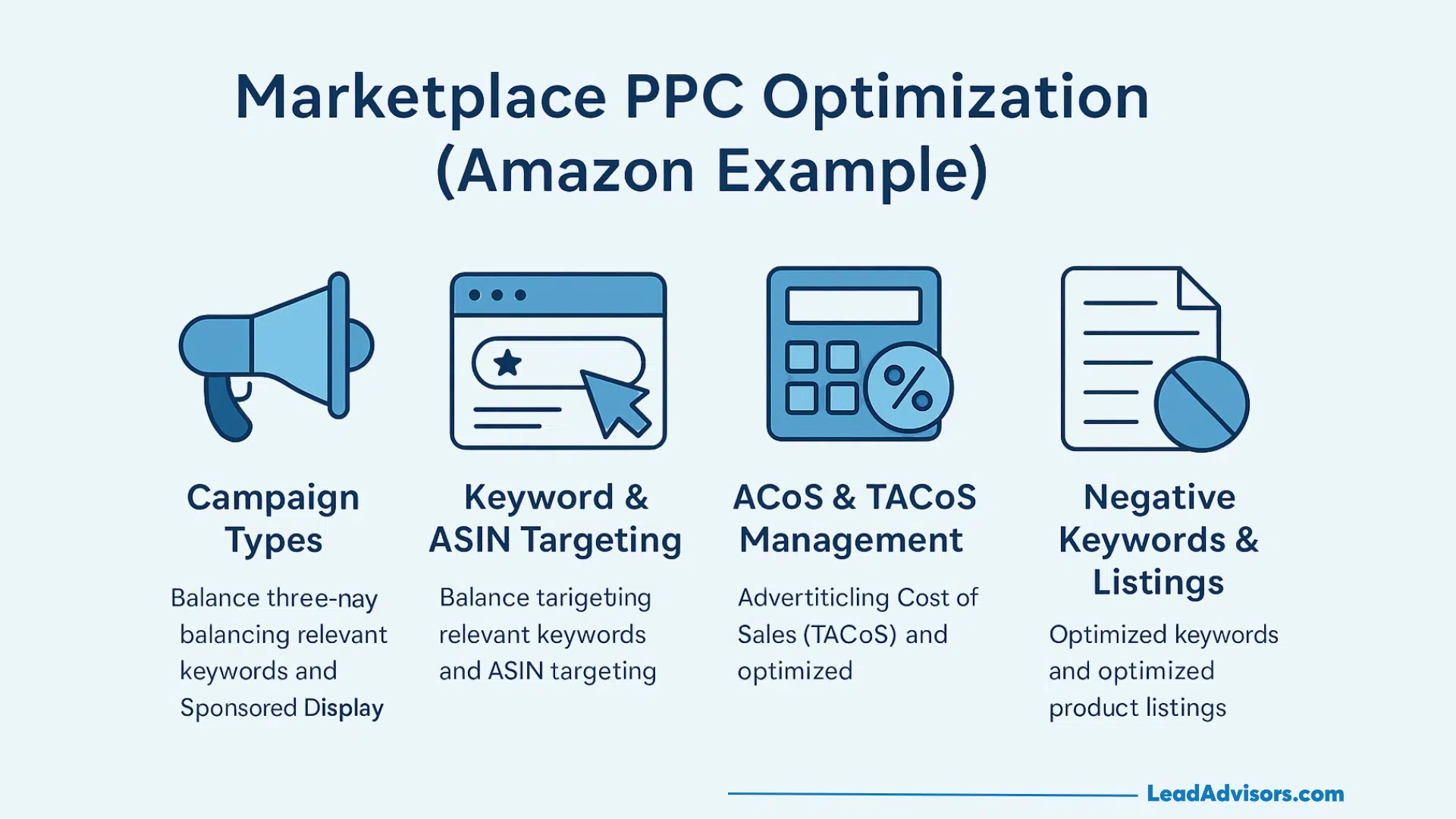
Amazon is now one of the most competitive paid platforms, and Amazon PPC will need a different strategy compared to Google. It is necessary to organize the campaigns correctly, to focus on the keywords and products, and ensure efficiency with the help of ACoS and TACoS.
Campaign Types
There are three primary types of campaigns in Amazon:
- Sponsored Products- This is the core of Amazon PPC campaigns, which attracts traffic to the product pages.
- Sponsored Brands- these are aimed at visibility and brand building in the search results.
- Sponsored Display 1.5 increases the retargeting and competitor placement.
They both play different roles, and their integration helps in sales and long-term brand equity.
Keyword & ASIN Targeting
To optimize it, there is a need to balance the application of relevant keywords and ASIN (competitor product) targeting. Customers can be targeted with what they have searched for in the keywords, and the advertisers can target the shoppers who will be browsing through their competitors’ listings in the ASIN targeting. A combination of both would mean that campaigns will reach potential customers at various phases of the customer journey.
ACoS & TACoS Management
ACoS indicates the profitability of campaigns in proportion to sales. A break-even ACoS refers to the limit within which they spend to break even. TACoS compares spending on advertising to total revenue and is, therefore, also a more effective measure in the long run. An increase in Amazon ads will have to involve managing TACoS by balancing out the individual ACoS.
Negative Keywords & Listings
Similar to Google, negative keywords are critical in order to filter immaterial clicks and decrease wasteful investment. More than that, the success of Amazon PPC lies in the optimized listings. Bullet points, titles, and images should turn traffic; otherwise, even the best campaigns lose money.
Metrics & Automation
The tracking of the major indicators like CTR, CPC, CVR, and ACoS would help the advertisers to determine whether the ads are profitable or not. Converting to top converters with rules-based optimizations, such as pausing high-CPC keywords or increasing the bid, enhances efficiency. The automation of Amazon is on the rise, although human supervision remains of paramount importance when you optimize Amazon PPC campaigns.
PPC in 2026 – Trends & Guardrails
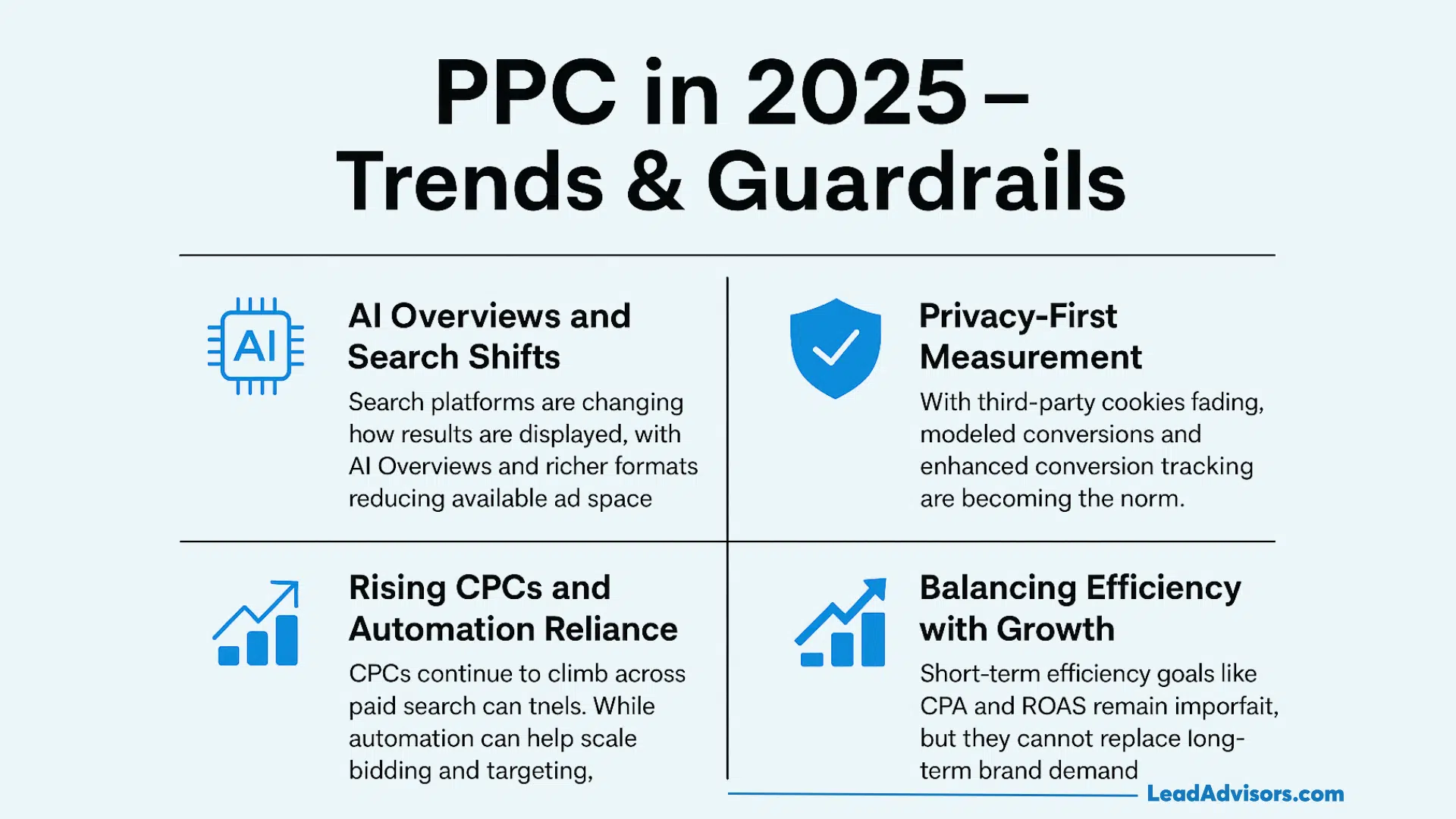
PPC advertising is changing at a very fast pace. The increase in costs, privacy policies, and the emergence of new AI-based capabilities require advertisers to change their strategy to ensure profitability and growth.
- AI Overviews and Search Shifts
On search engines, there is a shift in the way the results are presented, as AI Overviews and richer formats lower the amount of ad space. This would enhance the competition and intensify the competition to have good ad copy and ad relevance to make ppc ads stand out. - Rising CPCs and Automation Reliance
CPCs remain ascending the paid search platforms. Although it is possible to use automation to scale bids and targeting, excess use without monitoring may lead to spending and poor PPC performance. Automation should be used to supplement human-based decision-making by advertisers in order to prevent wastage. - Privacy-First Measurement
As the concept of third-party cookies slowly disappears, modeled conversions and advanced conversion tracking are becoming the new norm. To ensure that data regarding the campaign performance is accurate, brands need to invest in first-party data and incorporate CRM systems to keep the entire campaign performance transparent. - Balancing Efficiency with Growth
Short-term efficiency measures such as CPA and ROAS are still significant; however, they cannot substitute long-term brand requirements. A winning PPC strategy in 2026 is based on achieving balanced scorecards of saving on budgets to increase efficiency, and increasing the advertising on video, Demand Gen, and marketplaces, so as to develop demand in the future.
Step-by-Step Pay-Per-Click Optimization Checklist
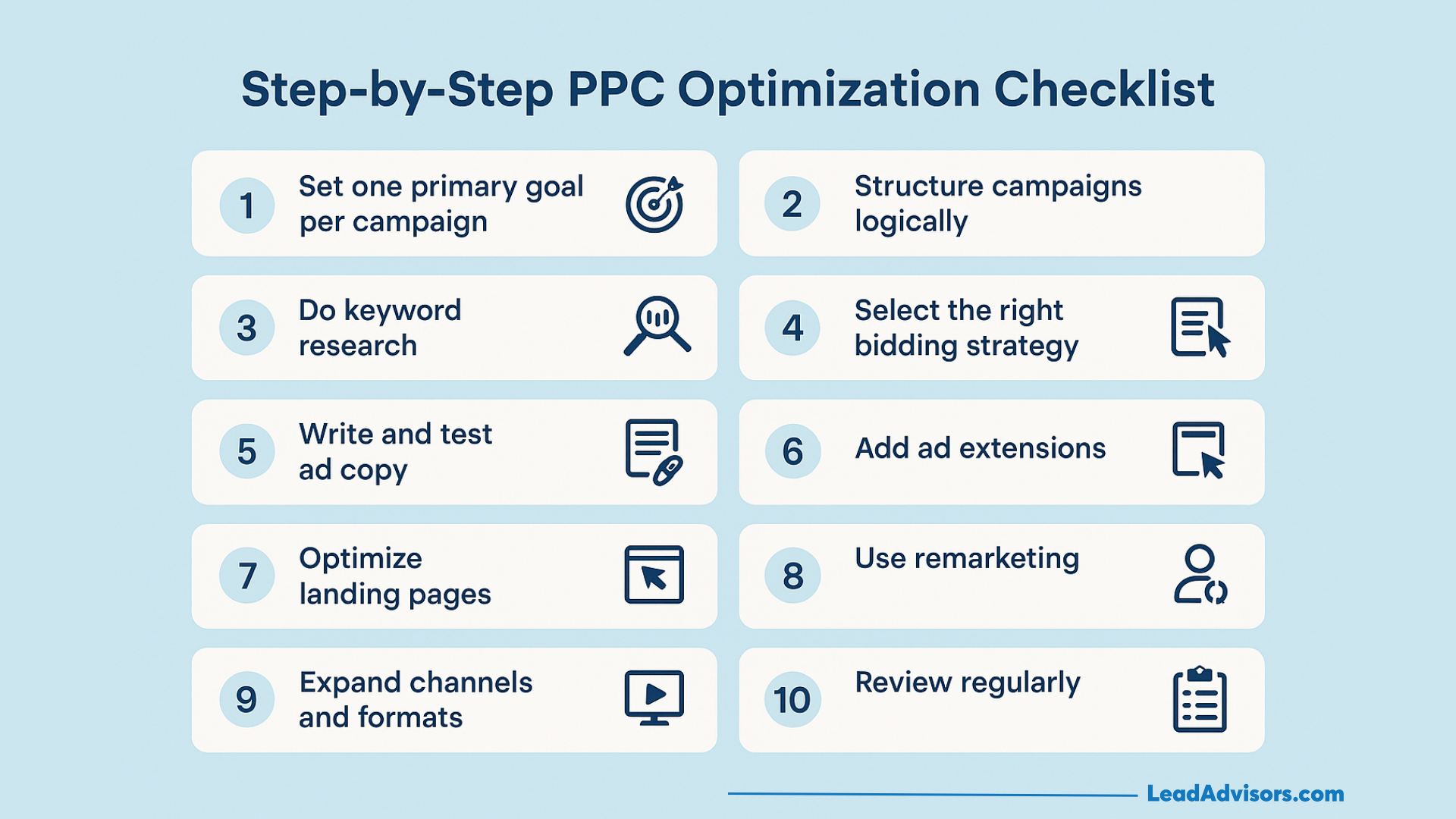
The structured workflow maintains pay-per-click optimization activities in a steady and effective manner. This 10-step checklist can be used daily, weekly, and long-term improvements can be made
- Set one primary goal per campaign – measure success in terms of ROAS, CPA, or leads.
- Structure campaigns logically – brand vs. non-brand and awareness vs. conversion.
- Do keyword research – use keyword search engines, analyze search traffic, and create a negative list.
- Select the right bidding strategy – use manual, switch to automation with increased performance data.
- Write and test ad copy – highlight benefits, use proof, and end with a clear CTA.
- Add ad extensions – sitelinks, callouts, and lead forms- to make the ad more visible and more likely to be viewed.
- Optimize landing pages – message match, quick loading, and good CTAs will maximize conversion rates.
- Use remarketing – focus on abandoners of a site, former visitors, and high-value customers.
- Expand channels and formats – experiment with YouTube, Demand Gen, Shopping, and Amazon PPC campaigns.
- Review regularly – check budgets on a weekly basis, audit on a quarterly basis, and monitor the overall performance of the campaign using dashboards.
Frequently Asked Questions
Who leads in B2B PPC campaign optimization?
What companies offer automated PPC optimization?
How are the AI PPC optimization platforms?
Who leads in B2B PPC campaign optimization?
Conclusion
PPC optimization cannot be done through single-fix solutions, but rather through systems that would enhance ppc campaigns with time. Keywords research and ad copy test to bidding strategy and target page alignment are all supposed to be integrated so as to optimize the results.
The future of paid search lies in those advertisers who will be able to balance automation and human control. The AI-driven technologies are fast and massive, yet the strategic contribution is essential to direct them to the appropriate target audience and prevent spending money on nothing.
The variant that wins is easy: you have to test, measure, and refine – that is the way you win in PPC.



